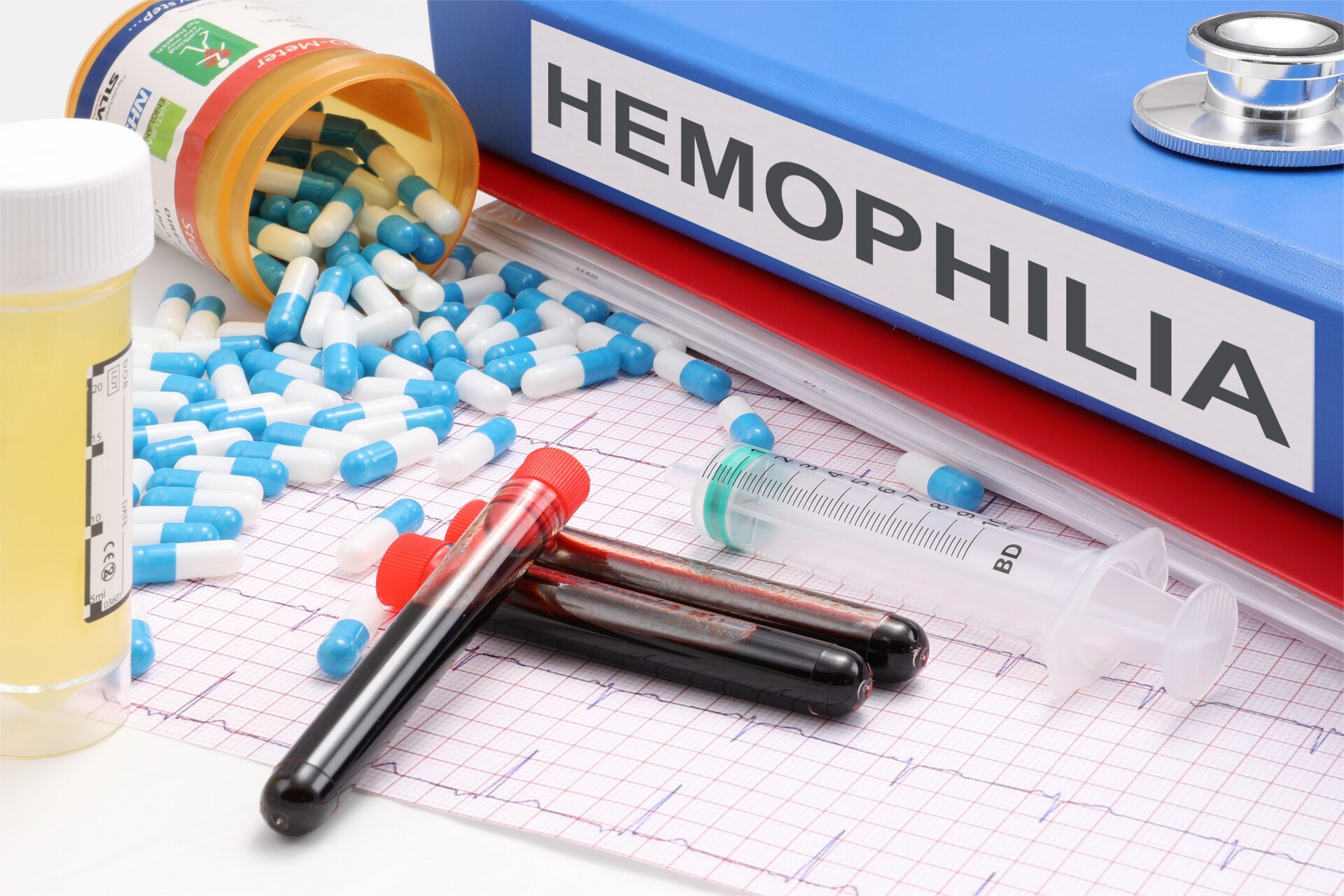
Someone says “hemophilia,” and the mind jumps to cuts that won’t stop. That’s the image. Blood everywhere. Panic. But for many, that’s not the reality. Most bleeds don’t happen outside. They happen inside. Joints. Muscles. Soft tissue. Quiet places with lasting damage.
Most bleeds don’t happen outside
You won’t always see it. No red. No open wound. Just swelling. Stiffness. A deep ache. It happens after a bump. Sometimes with no injury at all. The joint fills with blood. Walking becomes hard. Lifting an arm feels impossible. But there’s no bandage for this.
You don’t have to be injured to bleed
You wake up sore. You didn’t fall. You didn’t lift anything heavy. But your elbow swells. Your ankle aches. A slow, internal bleed began without permission. You ice it. Rest. Infuse if needed. Then you wait. Again.
You don’t outgrow it—your life just grows around it
Childhood bleeds are one kind. Adult ones shift. Stress matters more. So does weight. So does routine. Bleeds can become less frequent—or more stubborn. And every one leaves a memory behind, stored in scarred tissue.
Joints become a map of where you’ve been
Your knee clicks. Your hip aches in cold weather. Your ankle stiffens before storms. Each one tells a story. Not of drama. Just of accumulation. Of movement shaped by care. And sometimes, of limits pushed too far.
It doesn’t mean you bruise from touch
People assume you’re fragile. You’re not. You can run. Lift. Work. Laugh. You just have to know your body well. Know when to stop. When to infuse. When to say no. That’s not weakness—it’s survival through awareness.
Some still think it only affects boys
Old textbooks said so. They weren’t fully wrong. But they weren’t right either. Women can carry it. Some bleed more than expected. Bruise more. Struggle with surgeries or births. It’s still missed. Still misunderstood. Still underdiagnosed.
People confuse fear with education
They assume you avoid life. That you say no out of worry. But you say no because you’ve learned. Bleeds have a cost. Time. Pain. Damage. You say no because you want tomorrow to feel better than today.
You get used to explaining things twice
You tell new doctors. New teachers. New friends. You carry letters. Cards. Emergency instructions. Some listen. Some smile and forget. So you learn how to speak clearly. Quickly. Without panic—but with urgency.
Treatment isn’t just a needle—it’s a plan
You infuse at home. Sometimes at work. You plan your day around vials. Doses. Storage. You travel with backup. You check times. You keep notes. It’s quiet labor. But it keeps you upright. Walking. Moving. Living.
Modern medicine changed the story
Factor products exist. So do inhibitors. So do breakthroughs. Weekly infusions turned to monthly ones for some. Gene therapy emerged. It’s not perfect. But it’s different now. Safer. More options. More life between treatments.
You learn to measure risk without resentment
You think before hiking. You stretch longer. You wear guards. You modify. But you don’t hide. Life still fits. It just takes more planning. More awareness. Less impulse. You move more thoughtfully. Not less fully.
Emergencies still happen—but not every day
You’ve had the scary moments. A hard fall. A sudden bleed. A panicked ride. But most days aren’t like that. They’re regular. Even boring. Bleeds aren’t constant. And fear isn’t your identity. It’s just part of the awareness you carry.
You don’t ask for pity—you ask for preparation
You want people to know. Not to cry. Not to panic. Just to understand. That help may be needed. That reactions matter. That silence delays care. You don’t want special treatment. Just informed response.
